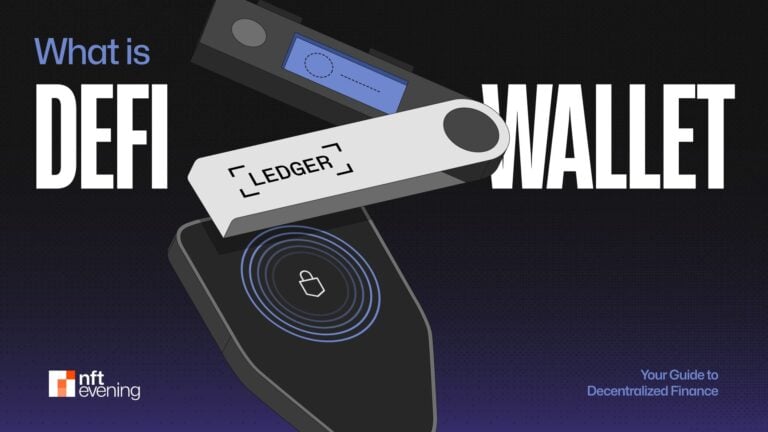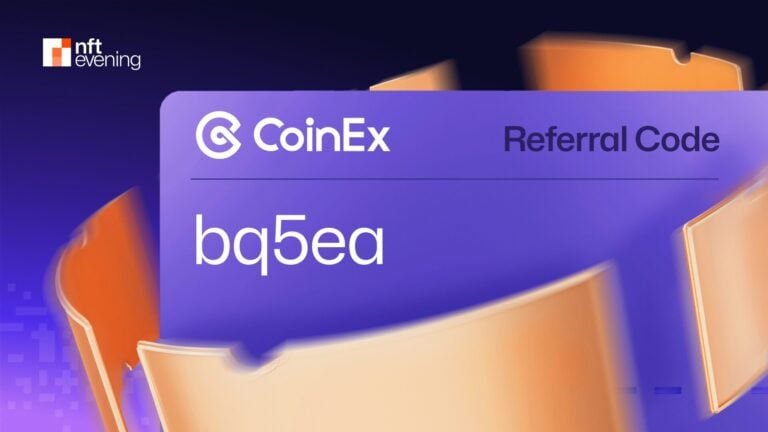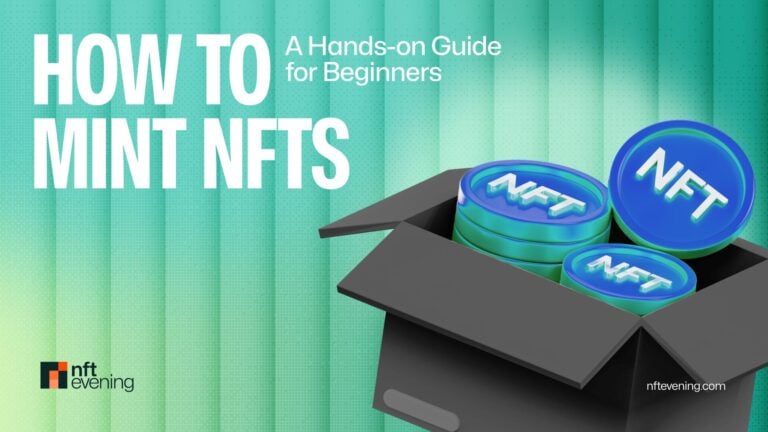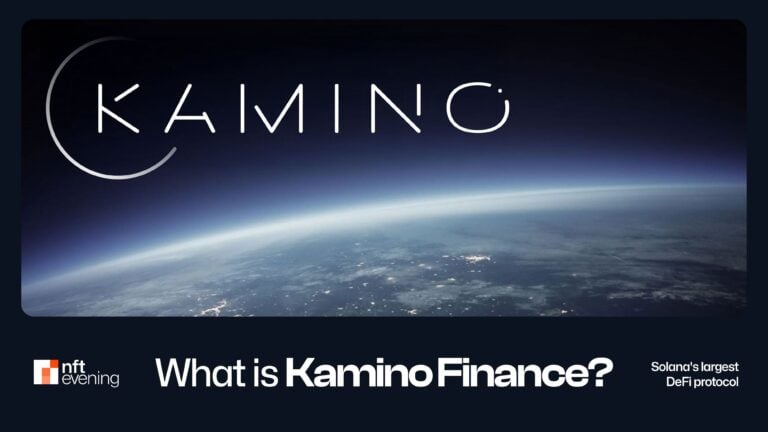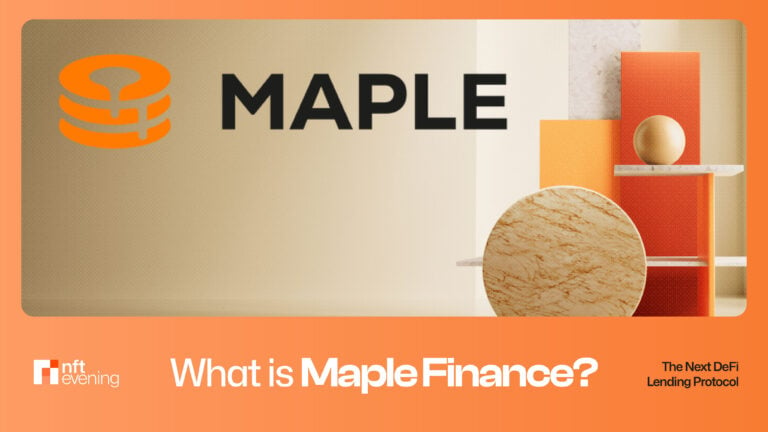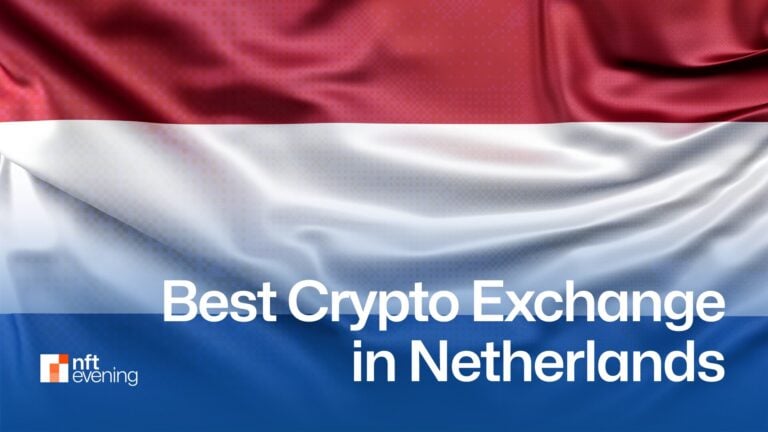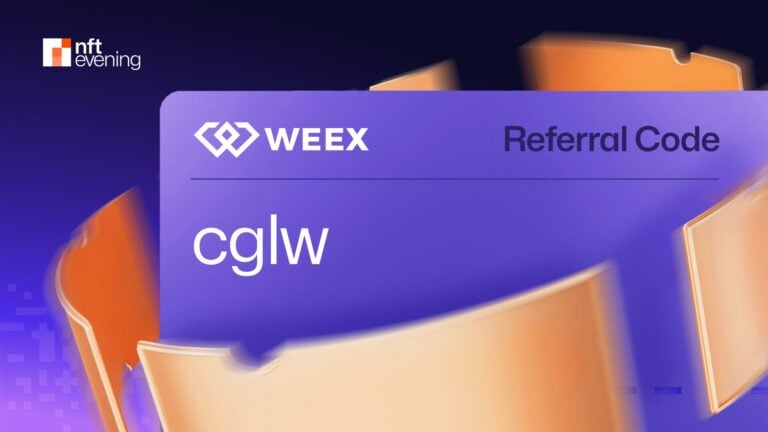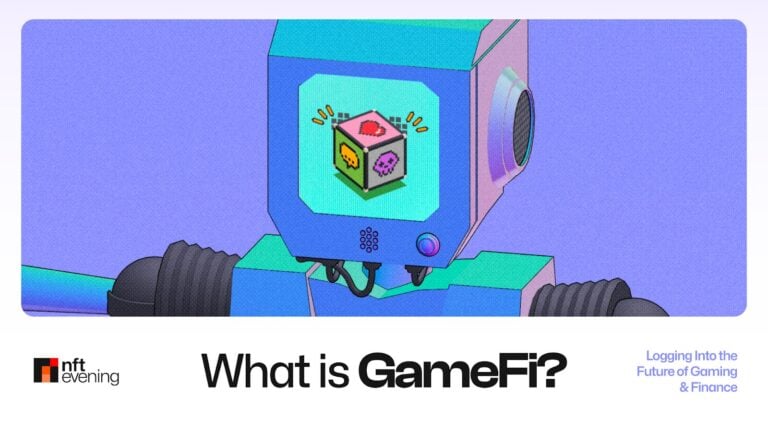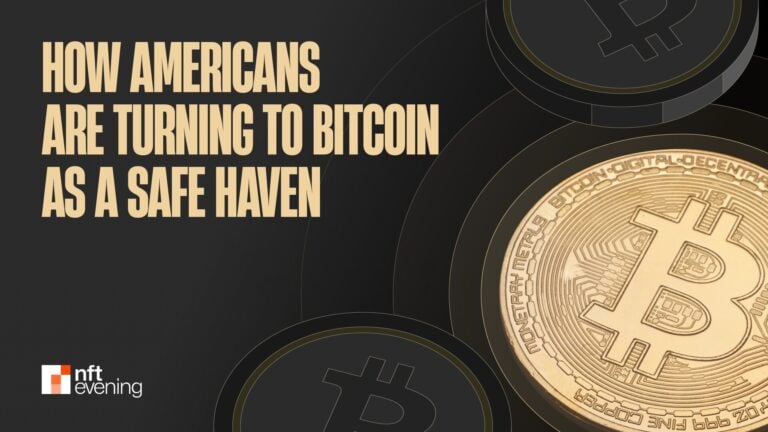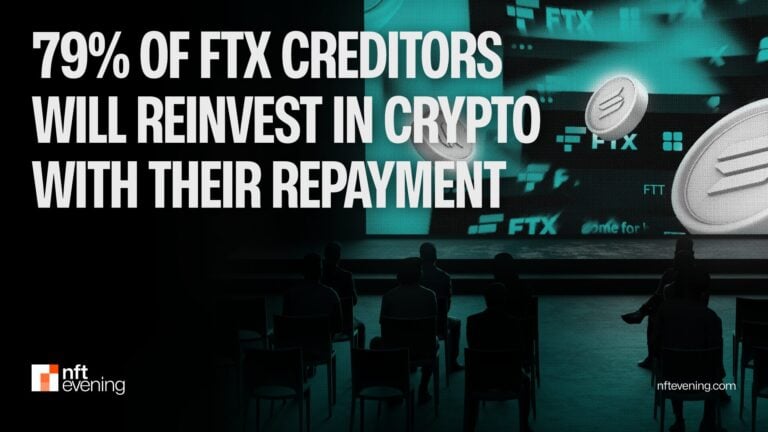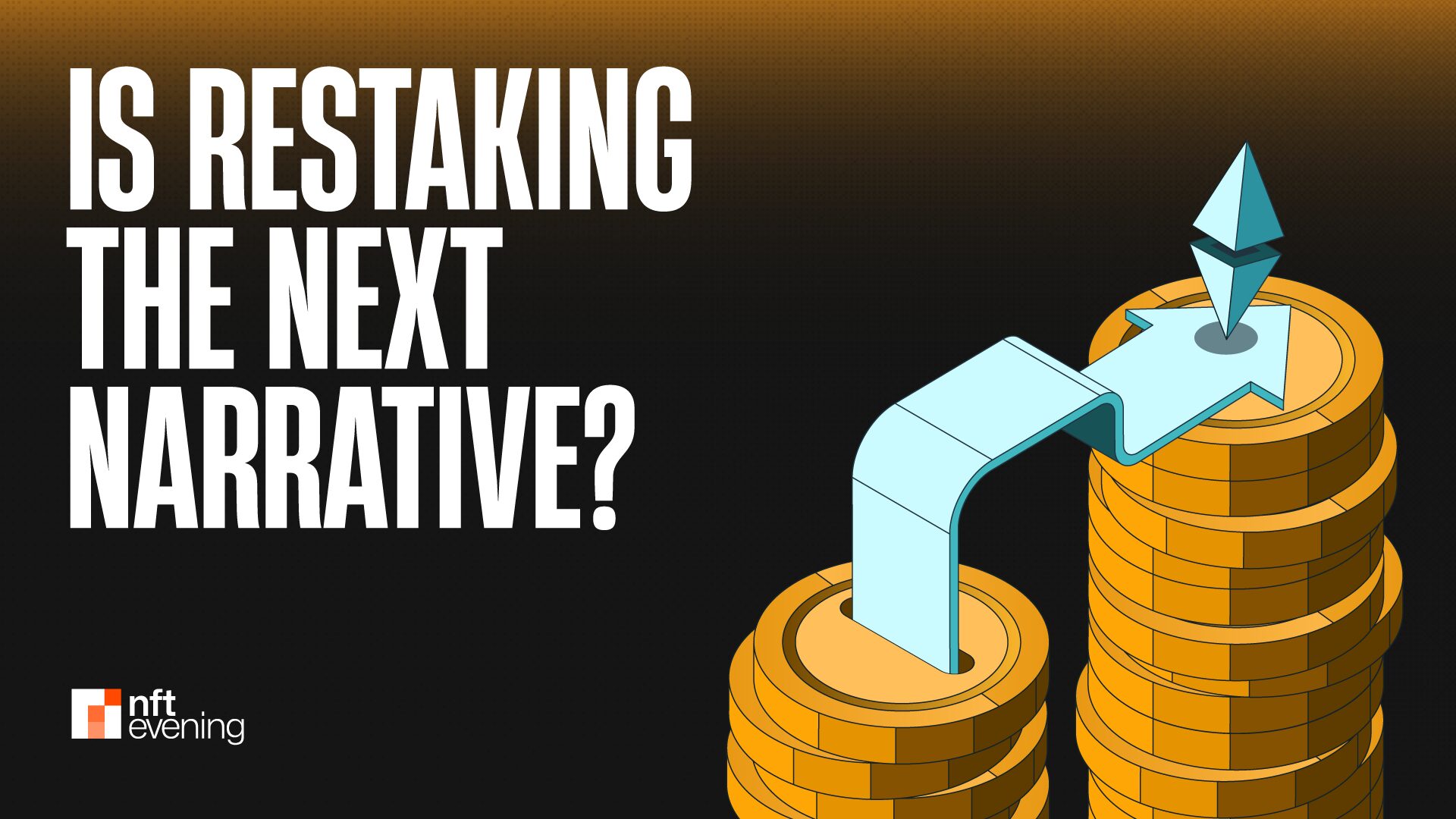Following the listings of several restaking projects, including KernelDAO, Solayer, and Babylon – on Binance in Q2 2025, one question emerges: Is “restaking” becoming the next dominant narrative in the crypto market?
What Is Restaking and Why Does It Matter?
Restaking is a mechanism that allows users to reuse staked assets (typically ETH) to secure other networks or applications without having to withdraw those assets from the original staking platform. This represents a major breakthrough in capital efficiency within blockchain ecosystems, as it enables a single pool of assets to be utilized for multiple security purposes, fostering the growth of new infrastructure layers without compromising the integrity of the base network.
This mechanism significantly lowers the security barrier for new projects. Traditionally, launching a new blockchain or appchain meant securing a dedicated validator set and sourcing new staking capital. With restaking, projects can “rent” security from already-staked tokens on Ethereum or compatible chains, thereby reducing time-to-launch and boosting early-stage trust.
The concept of restaking was pioneered by EigenLayer, a project widely expected to become the secondary security pillar of Ethereum. EigenLayer allows users to restake ETH already secured on Ethereum to provide security for auxiliary modules such as oracles, bridges, or rollups. Initially, EigenLayer focused on enabling developers to build plug-and-play security modules, but this has evolved into an entire ecosystem dubbed “Restaking-as-a-Service.”
Read more: What is Restaking in Crypto? The Beginner’s Guide

Source: EigenLayer
This model is not limited to Ethereum. Other chains like Solana and BNB Smart Chain have also begun integrating or enabling similar approaches, leveraging their native tokens (e.g., SOL, BNB) to expand staking mechanisms in a more flexible way — aligning with the modular security demands of the next generation of Web3 infrastructure.
The Restaking Ecosystem Is Rapidly Expanding
As of April 2025, several major restaking projects have made notable progress:
- KernelDAO (BNB Chain): The first native restaking protocol on BNB Chain, backed by Binance Labs. After listing on Binance on April 14, KERNEL’s token reached a fully diluted valuation (FDV) of over $300M before sharply correcting to the $0.17 range. Nevertheless, it stands as a clear testament to the growing appeal of the restaking narrative within the Binance community.
- Solayer (Solana): A pioneer in bringing “liquid restaking” to the Solana ecosystem, Solayer allows users to stake SOL while receiving liquid assets to continue participating in DeFi. The project was listed on Binance on April 22 with an initial FDV of approximately $900 million. Solayer also plans to integrate restaking modules for Real World Assets (RWA) and Web3 gaming.
- Babylon (Bitcoin): Expanding the concept of restaking to Bitcoin, Babylon enables BTC holders – typically holding a non-yielding asset, to secure appchains or rollups. With a modular security model and backing from leading funds like Polychain and Binance Labs, Babylon was listed on Binance on April 25 and quickly became one of the top five most traded new tokens of the week.
Why Restaking Dominated in 2024
The restaking narrative rose to prominence in late 2023 through protocols like EigenLayer, which introduced a novel idea: using staked assets (especially ETH) to secure additional services such as oracle networks, data availability layers, and appchains. This concept rapidly gained traction for several reasons:
- Capital Efficiency: Users could earn layered yield by repurposing already-staked assets.
- Security-as-a-Service: New protocols no longer needed to bootstrap validator networks from scratch.
- Protocol Revenue: Restaking opened new revenue streams for infrastructure and middleware projects.
EigenLayer’s meteoric rise, coupled with strategic venture capital backing, made restaking the defining infrastructure narrative of that cycle.

Liquid Restaking Protocols’ TVL rise significantly in 2024 – Source: DeFiLlama
Can Restaking Make a Comeback in 2025?
While narratives like AI x Crypto, SocialFi, and Modular Gaming have dominated early 2025 headlines, the recent listings of KernelDAO, Solayer, and Babylon suggest a rekindling of interest in restaking infrastructure. These new entrants reflect a maturation of the narrative, spanning multiple chains (BNB, Solana, Bitcoin) and broadening use cases beyond Ethereum.
However, whether restaking can reclaim its status as the top narrative remains uncertain. Much will depend on:
- Real adoption of restaked security across rollups, games, and RWAs.
- Regulatory clarity around staking-as-a-service.
- Continued innovation in modular design and cross-chain compatibility.
If these factors align, restaking could once again move from narrative to necessity, offering the backbone for the next phase of decentralized security infrastructure.
The rapid succession of restaking project listings on Binance has transformed what was once considered a “technical niche” into one of the most dominant investment narratives of Q2 2025.
MilkyWay stands out on BNB Chain, aiming to expand decentralized security for satellite chains in Web3. Instead of traditional BNB staking, users restake to secure apps and earn MILK without losing liquidity.
The MILK token launched via Binance Wallet through a Wallet Initial Offering (WIO) on April 29, 2025. This isn’t just a new decentralized fundraising model. It’s also a strong signal that Binance is giving MilkyWay special attention, similar to its support of KernelDAO and Babylon.
Learn more: Milkyway Price Prediction

Source: MilkyWay
MilkyWay uses a multi-layered architecture to enable cross-chain staking between Ethereum and BNB Smart Chain. This not only extends its security base but also enhances compatibility with DeFi projects across both ecosystems.
Unlike Puffer Finance (PUFFER) and Swell (SWELL), which faced airdrop sell-offs, MilkyWay may benefit from a light FDV strategy. MilkyWay keeps valuation conservative and grows TVL steadily to support healthy post-listing performance.
Conclusion
Three listings in two weeks—KernelDAO, Solayer, and Babylon, show Binance backs the restaking narrative. As the market recovers, restaking grows beyond tech, becoming a key pillar of the Web3 ecosystem.
MilkyWay is likely the next piece in this growing trend. Investors should track unlocks, TVL growth, and Binance ties to gauge MILK’s medium-term potential.
Restaking was once a vision. Now, it’s becoming a reality – validated by the market itself.
Read more: Top 5 Pre-TGE Projects Backed by YZI Labs (Binance Labs)
